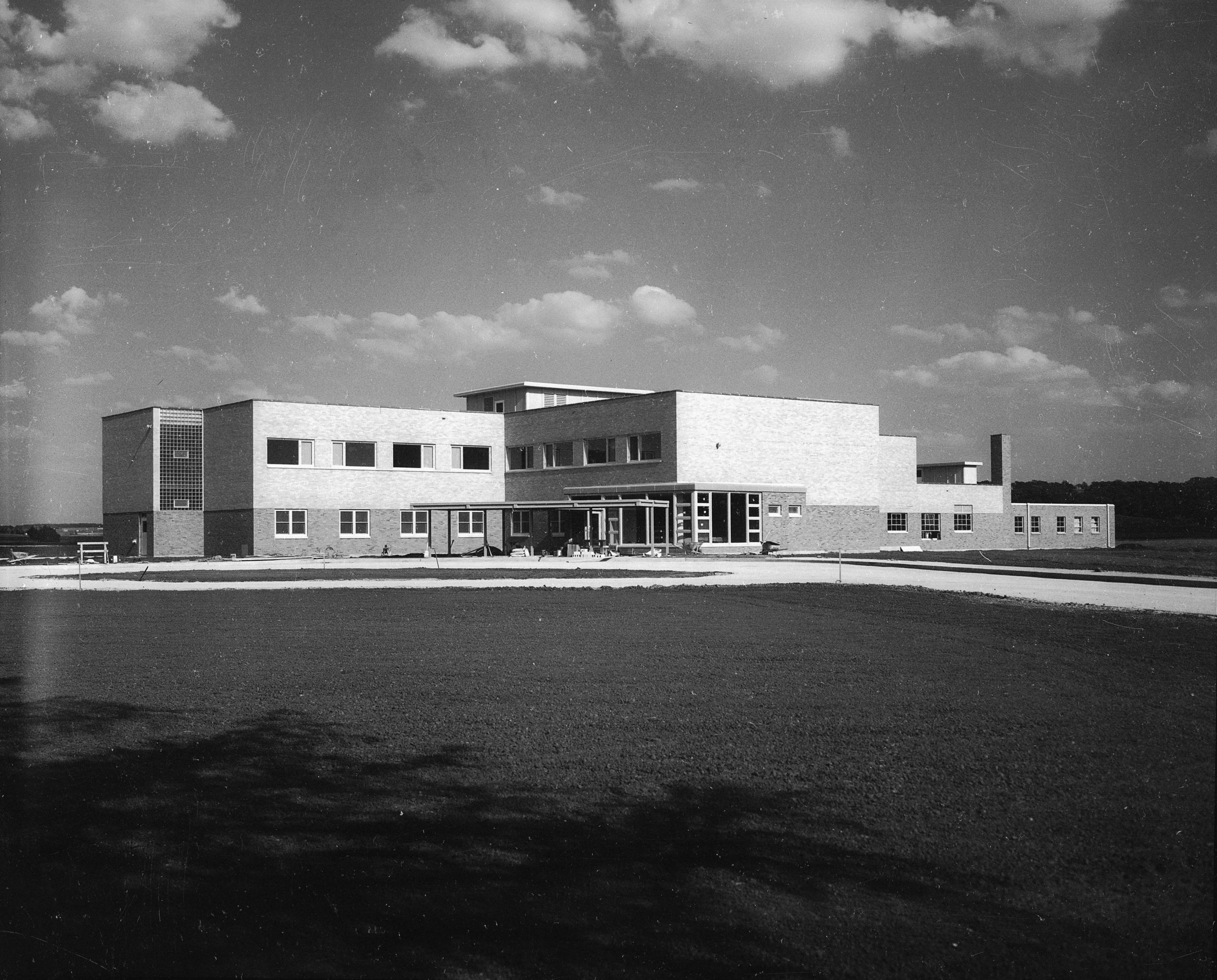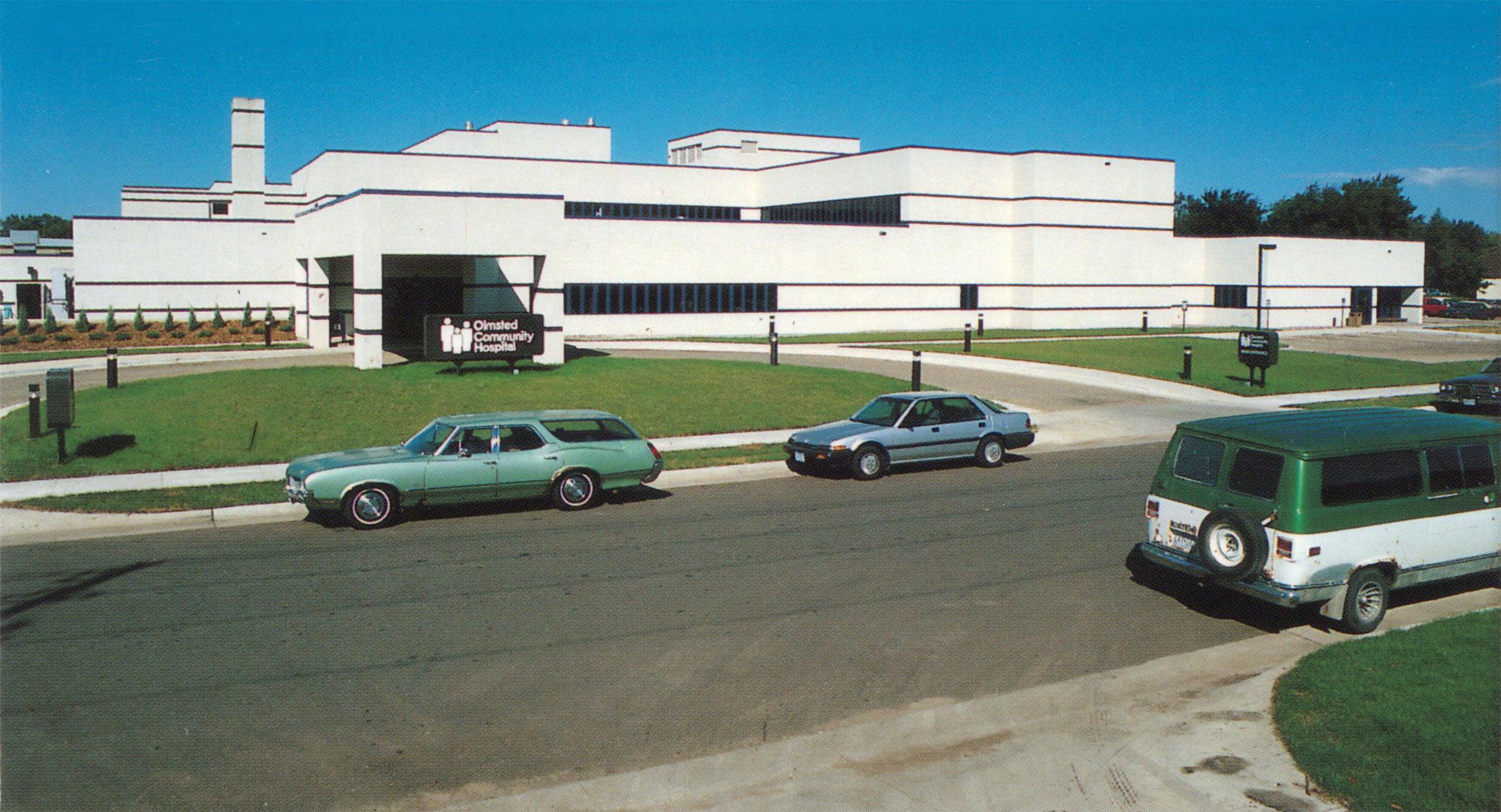How one physician's practice grew to be a regional leader in community care
The year was 1949. The troops were back home. Harry Truman was entering his second term as president. The country was on the cusp of an economic boom. Televisions were becoming a staple of the American living room. And here in Rochester, a young physician named Harold (Hal) Wente opened a medical practice just blocks away from the prestigious Mayo Clinic.
What would become of this small clinic, no one could have anticipated.
Over the next half century, Dr. Wente used his energy and ingenuity to grow his solo practice into a regional healthcare system that serves tens of thousands of patients each year. Today, what is now Olmsted Medical Center has 20 locations across the region — from Chatfield to Rochester to Plainview — and employs a staff of more than 1,200 people.
As the organization marks 68 years of providing service to southeast Minnesota, we sat down with current CEO Tim Weir to reflect on how OMC has been able to evolve and grow, while remaining true to Dr. Wente’s vision of patient-centered care.
Olmsted Medical Center CEO Tim Weir / Photo by William Forsman
Humble beginnings
Dr. Wente’s first clinic was located in the former Lawler building in downtown Rochester on the southwest corner of Broadway and Center Street. On his first day, he saw two patients — one who needed a prescription renewal and another who had a cold — and made four dollars.
But Dr. Wente remained resolute, and by 1953 his solo practice had become so popular that it was time to expand. He joined other doctors to form a physician group — known then as Olmsted Medical Group — and moved the clinic to a new location on the southeast part of town (in what is now the employee parking for OMC’s SE Clinic).
Within just a few years, Olmsted Medical Group added another office in the recently-constructed Miracle Mile shopping center — making it the first Rochester healthcare provider to open a clinic in a retail environment.
Olmsted Medical Group's clinic at Miracle Mile in 1956 / Courtesy OMC
Of course, it didn’t stop there. Under Dr. Wente’s leadership, the Olmsted Medical Group went on to become one of the first to computerize its business systems and was one of the first medical groups in the country to develop satellite clinics in nearby communities.
Even after his retirement in 1987, Dr. Wente continued to make an impact.
“Dr. Wente, until he passed a few years ago, would still send emails and was a pretty attentive student of what we were doing,” recalls Weir. “He was a good man, and really did right by the organization.”
Dr. Wente was 27 when he opened his first solo practice in 1949. He died in 2015 at the age of 92. / Courtesy OMC
A community hospital
Years before Dr. Wente’s arrival in Rochester, community leaders began discussing the idea of building a community hospital. For decades, Mayo Clinic’s success had been fueling Rochester’s growth and increasing the demand for primary care.
By 1953, with the endorsement of Mayo Clinic, the county secured state funding and soon began construction on Olmsted Community Hospital.
From the start, Dr. Wente was influenced by the community’s vision for a health care center that could complement Mayo. With his practice growing, and the need for a new hospital emerging, the parallels became apparent — so much so that once the hospital opened in 1955, his group began laying the groundwork to eventually begin staffing the facility.
“For Olmsted Medical Group to grow organizationally and clinically, it needed a place to provide care,” says Weir. “And since they needed a partner, it was really pivotal that a community hospital opened up.”
In 1996, Olmsted Medical Group and the hospital merged to become Olmsted Medical Center. To this day, OMC remains a 501(c)3 not-for-profit organization, investing all net revenue back into service to its patients and the community. (In 2016, OMC made community contributions of nearly $45 million — or about a quarter of its total operating expenses.)
Continued expansion
Over the past two decades, OMC has continued to expand its footprint in Rochester, and across southeast Minnesota. Among the most notable projects in recent years: The additions of the Northwest Clinic (2010), the Sports Medicine and Athletic Performance facility (2014), the Women’s Health Pavilion (2014), and the expansion of its primary care network.
As a result of this continued expansion, OMC now serves more than 80,000 different patients each year with various medical needs. It’s a number that Weir expects will continue to rise, especially given the focus on economic initiatives such as Destination Medical Center.
Olmsted Medical Center's Northwest Clinic / Courtesy OMC
“As the community grows, and the infrastructure improves, and more industries come in … that just allows opportunities for us to continue to provide community care,” says Weir.
“Of course, a lot of the discussion is about the growth medically as a destination, but more importantly it’s about the growth of the community in totality. And that growth of the community in totality will always be a benefit to us."
This article is part of a series sponsored by Olmsted Medical Center.
Cover photo: The former Lawler building in downtown Rochester where Dr. Wente opened his first practice / Courtesy OMC












